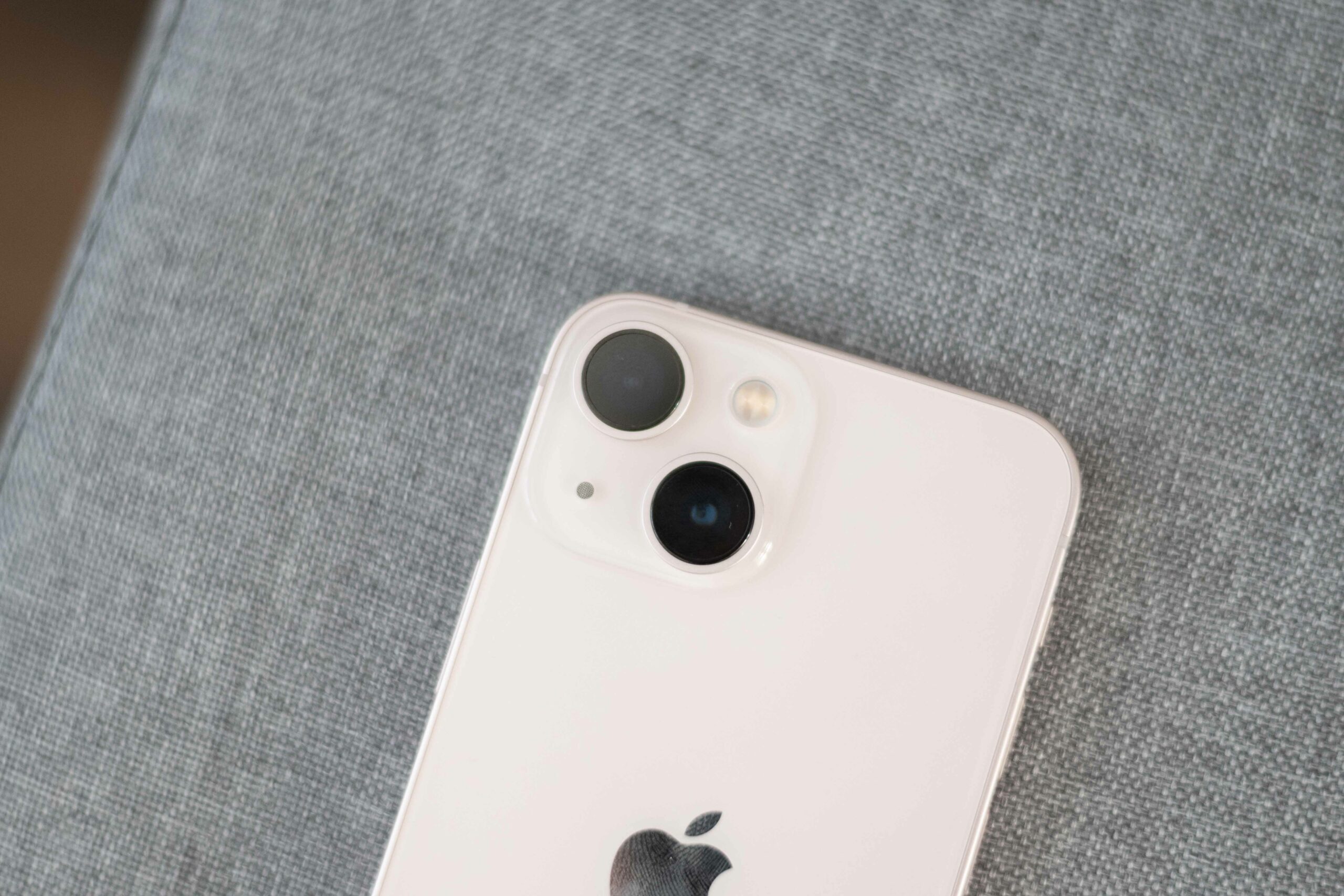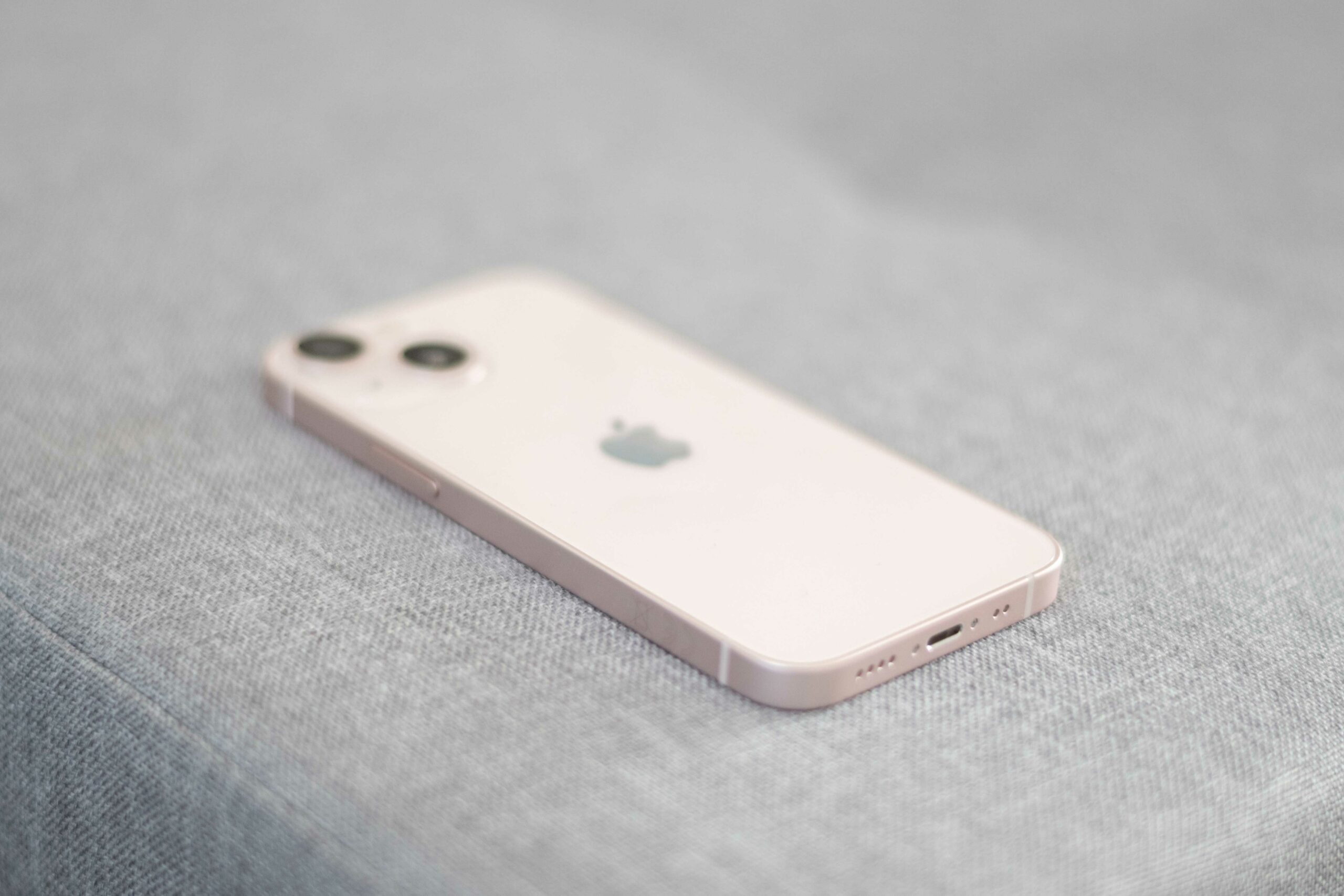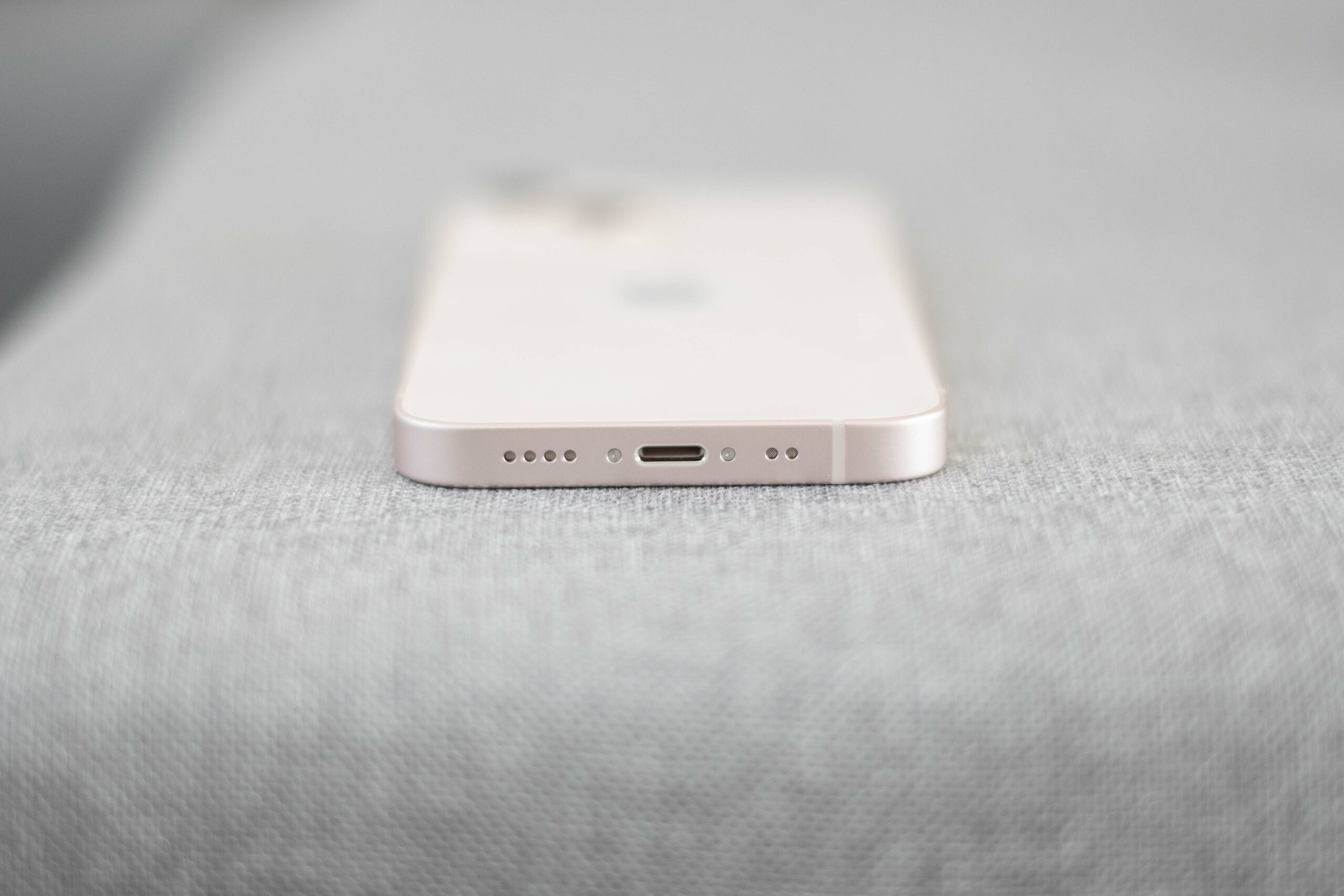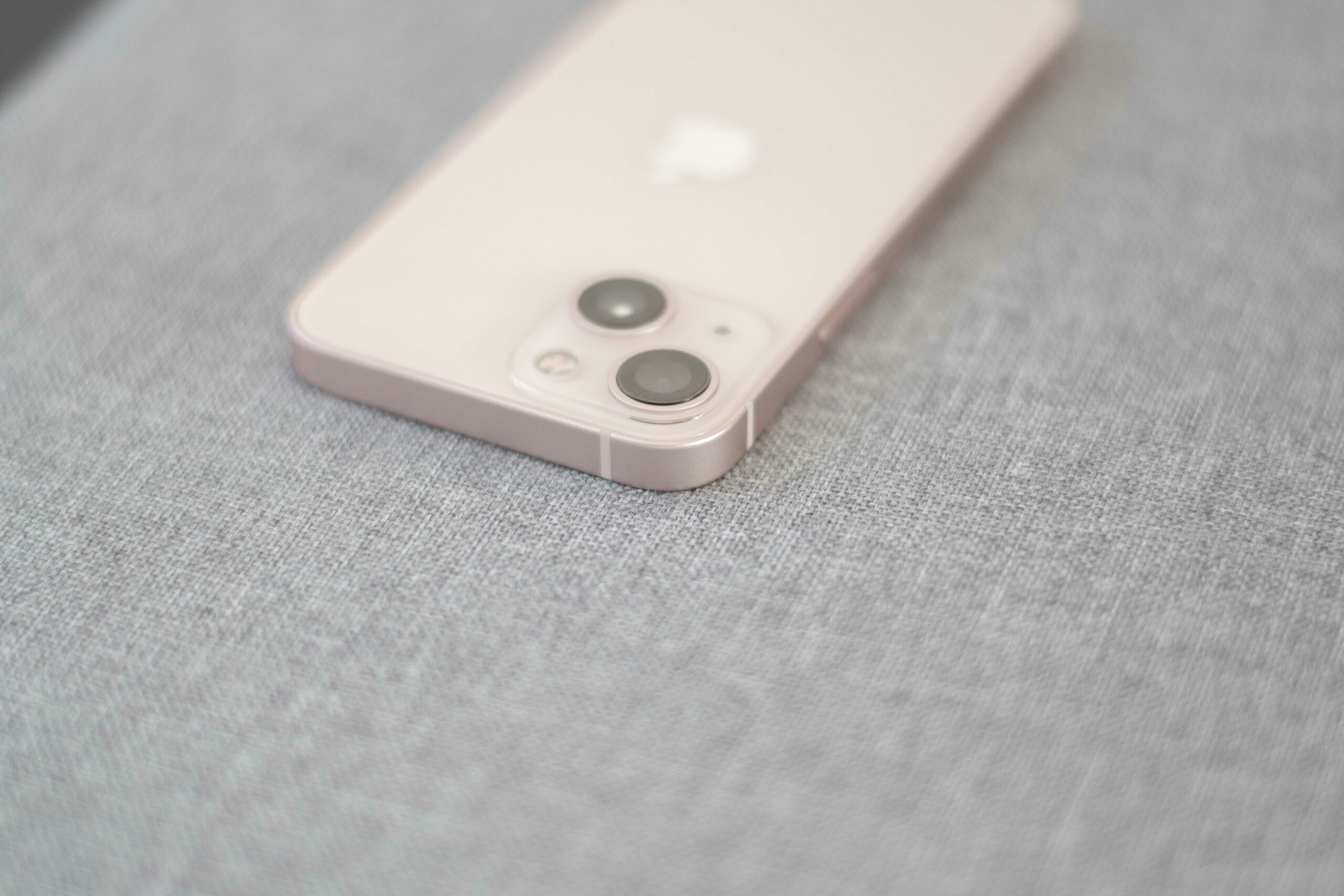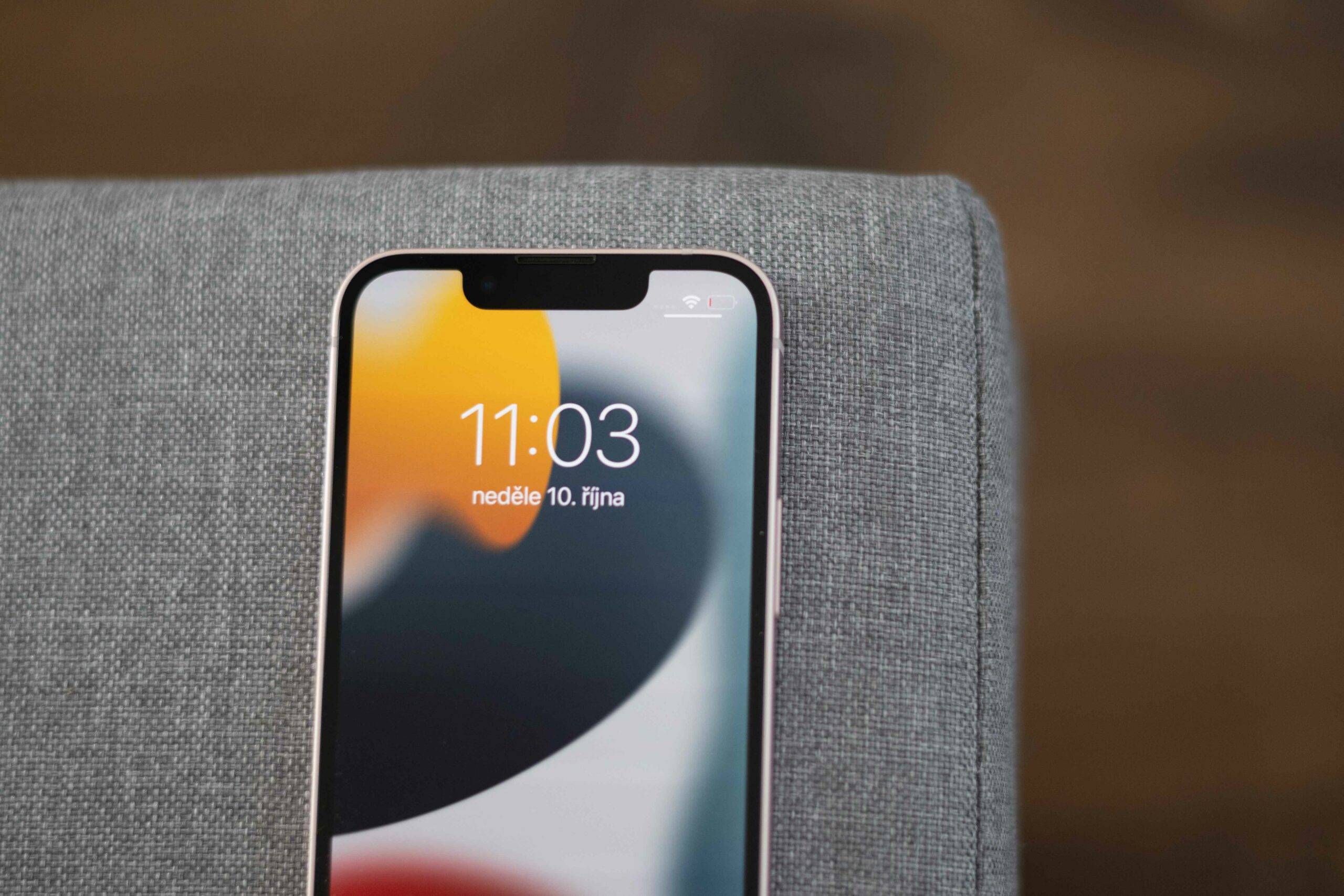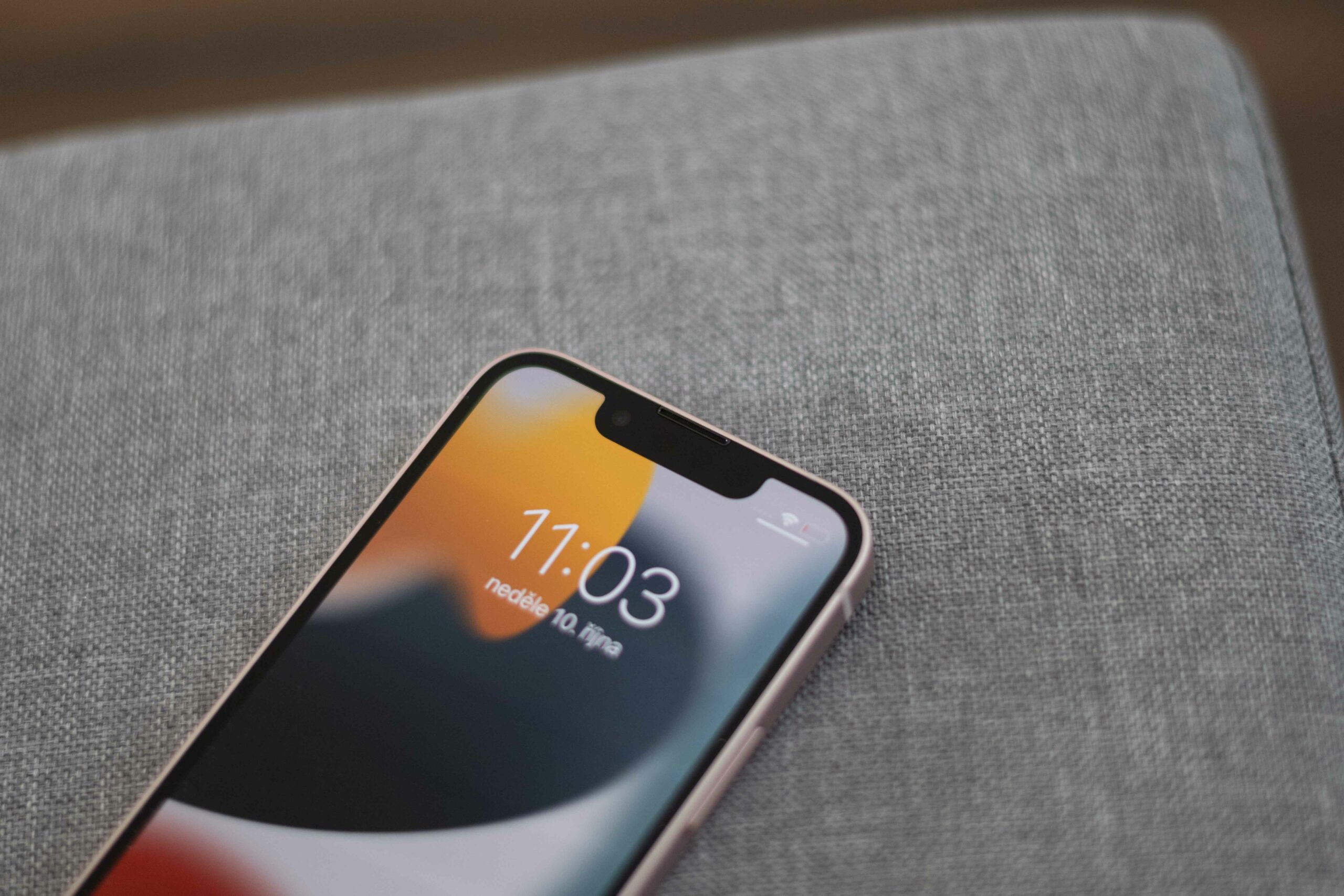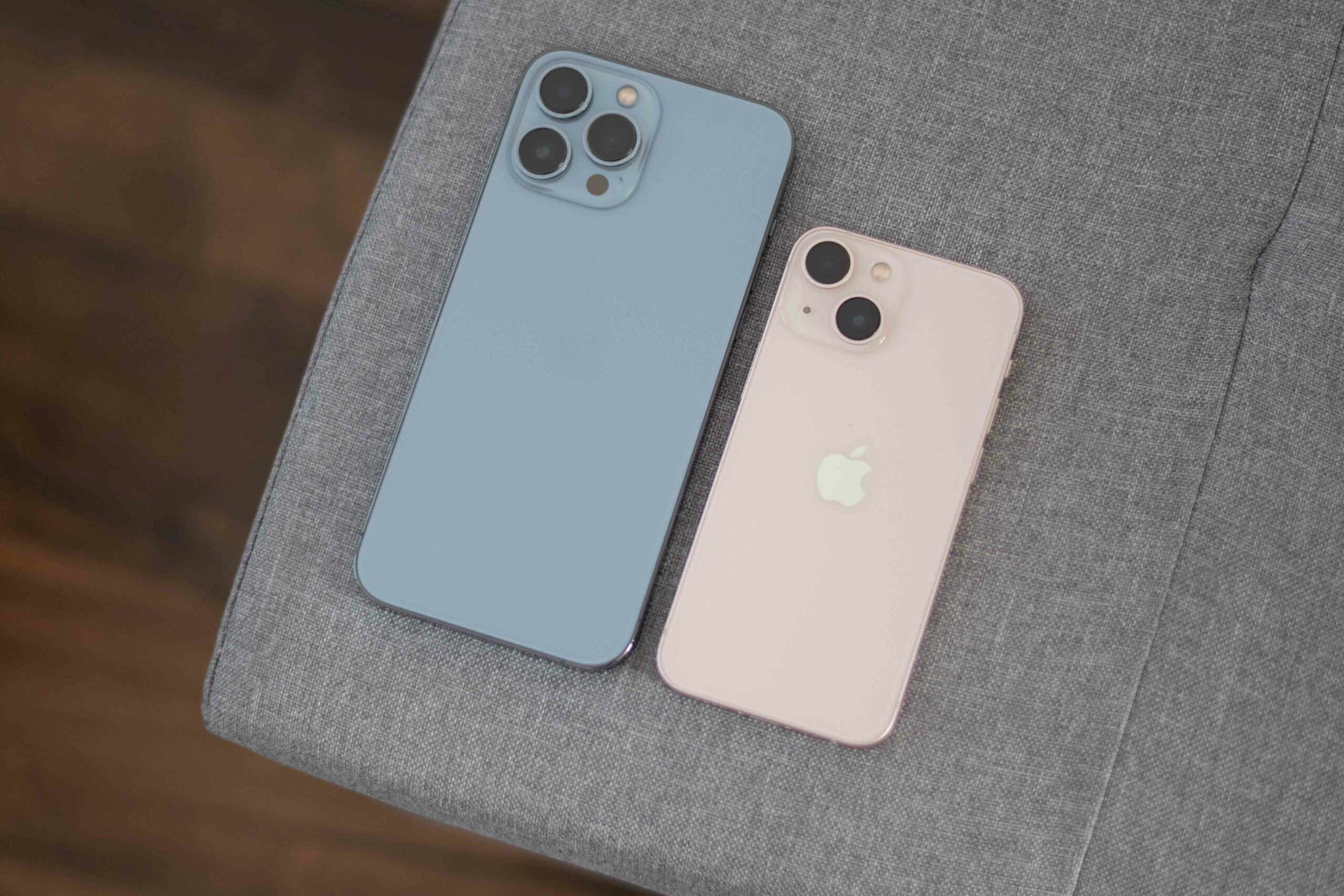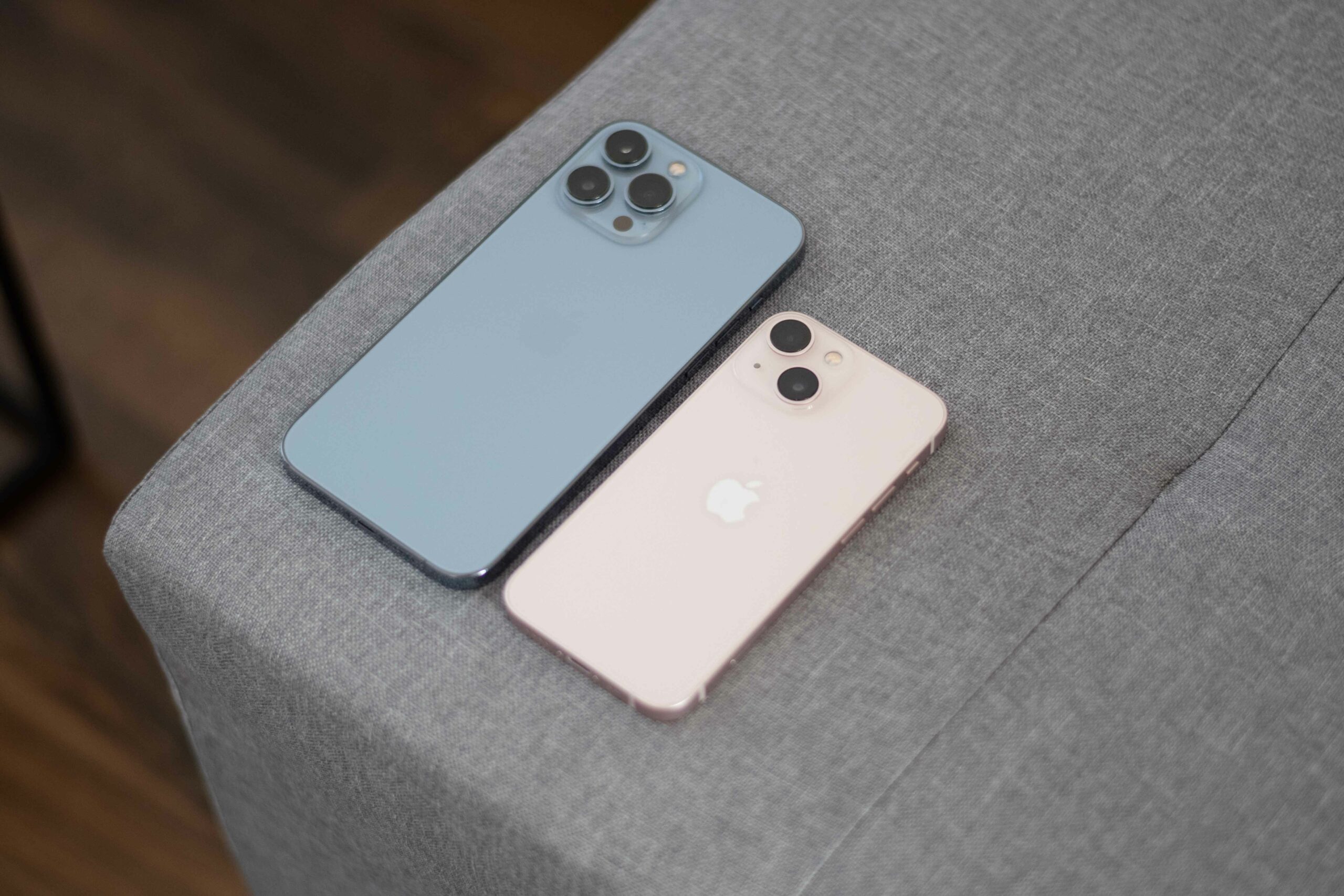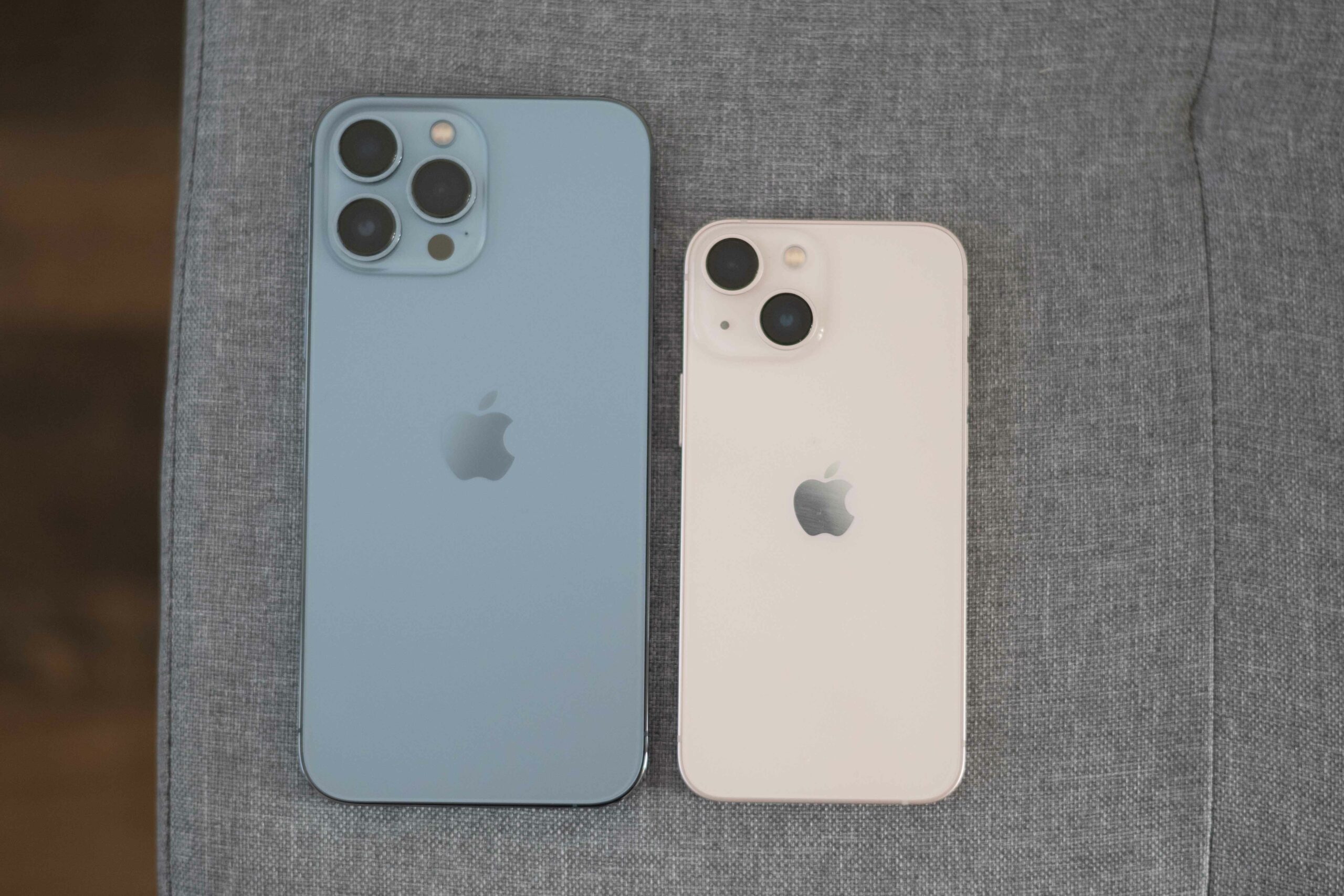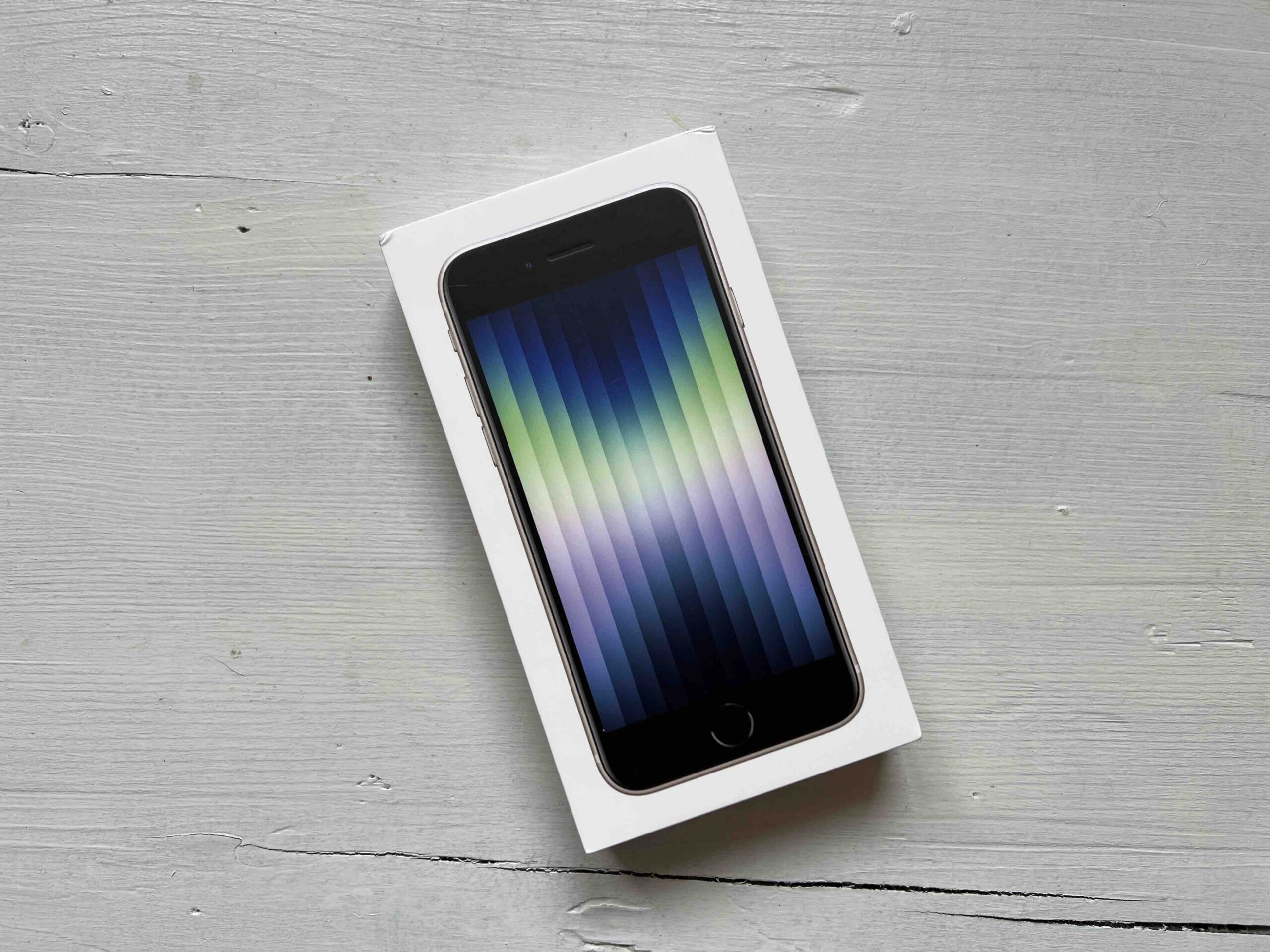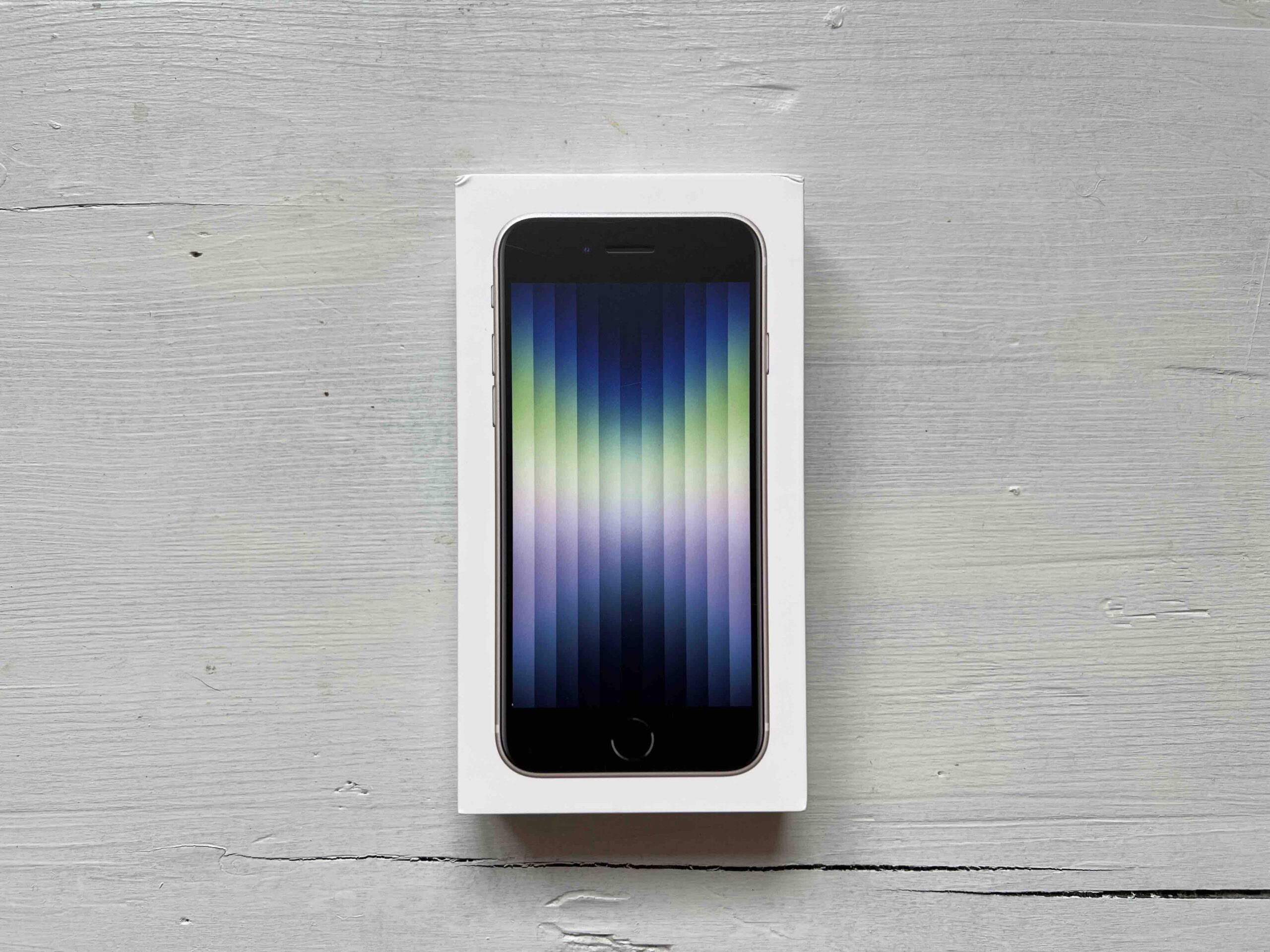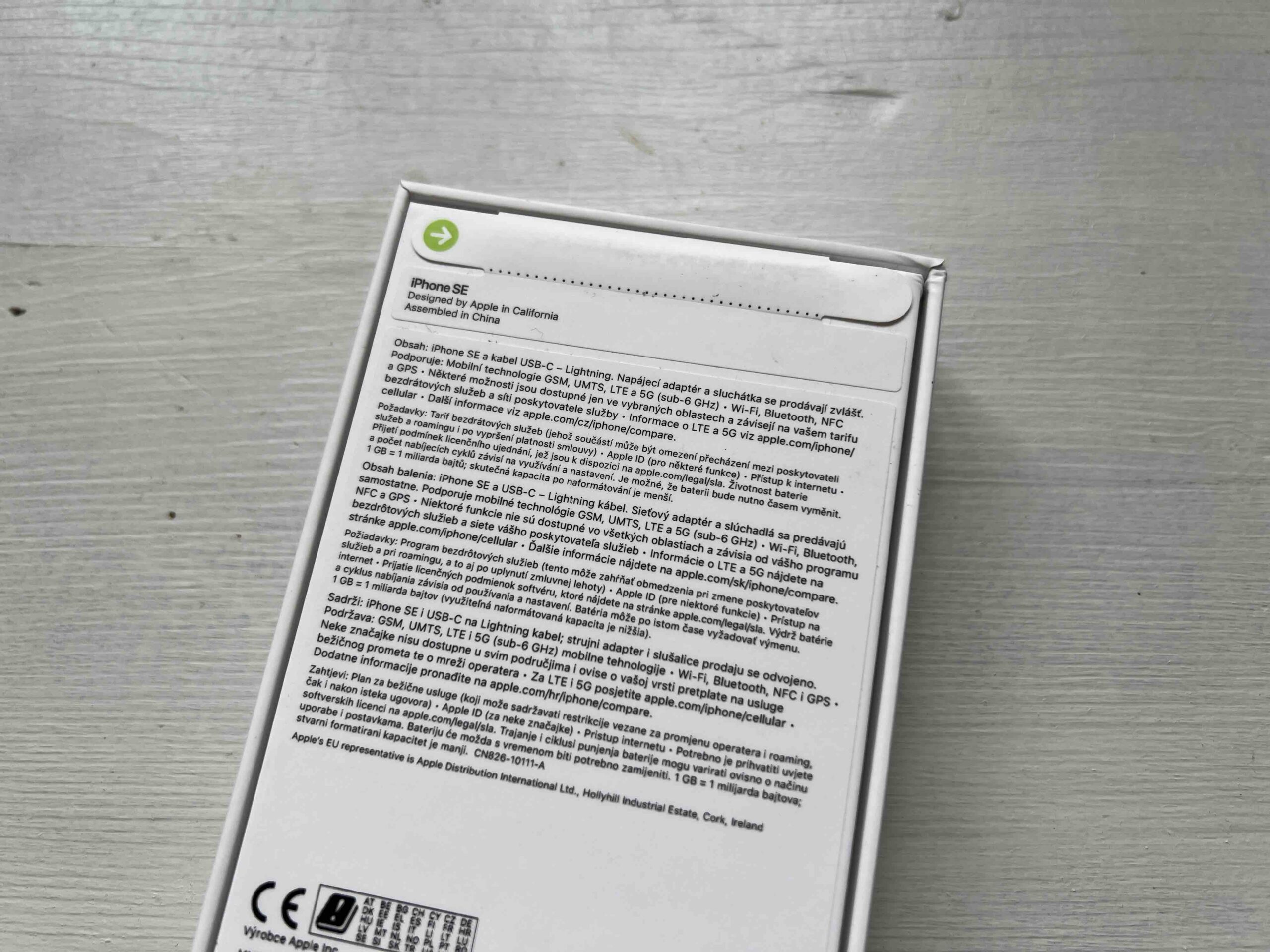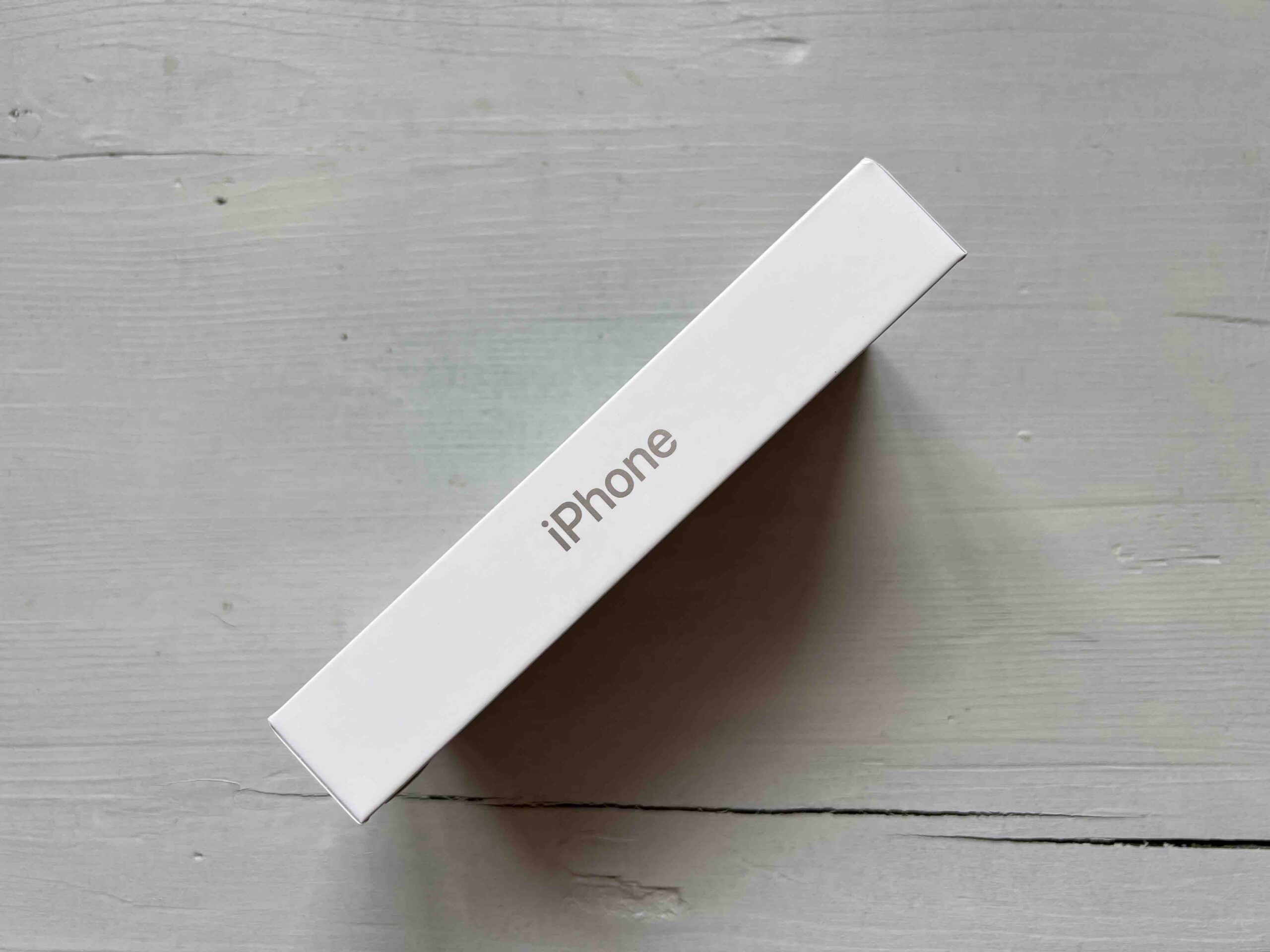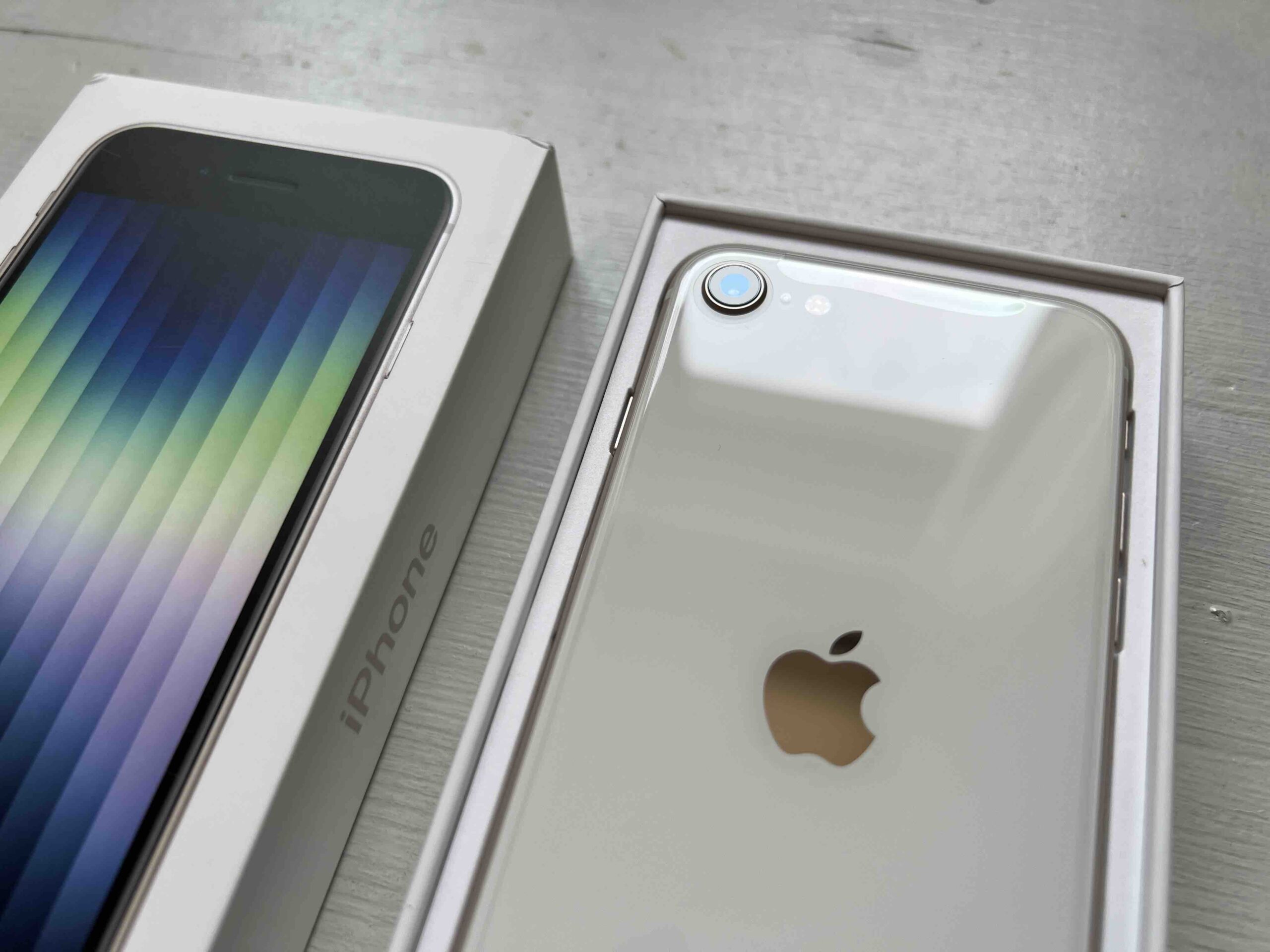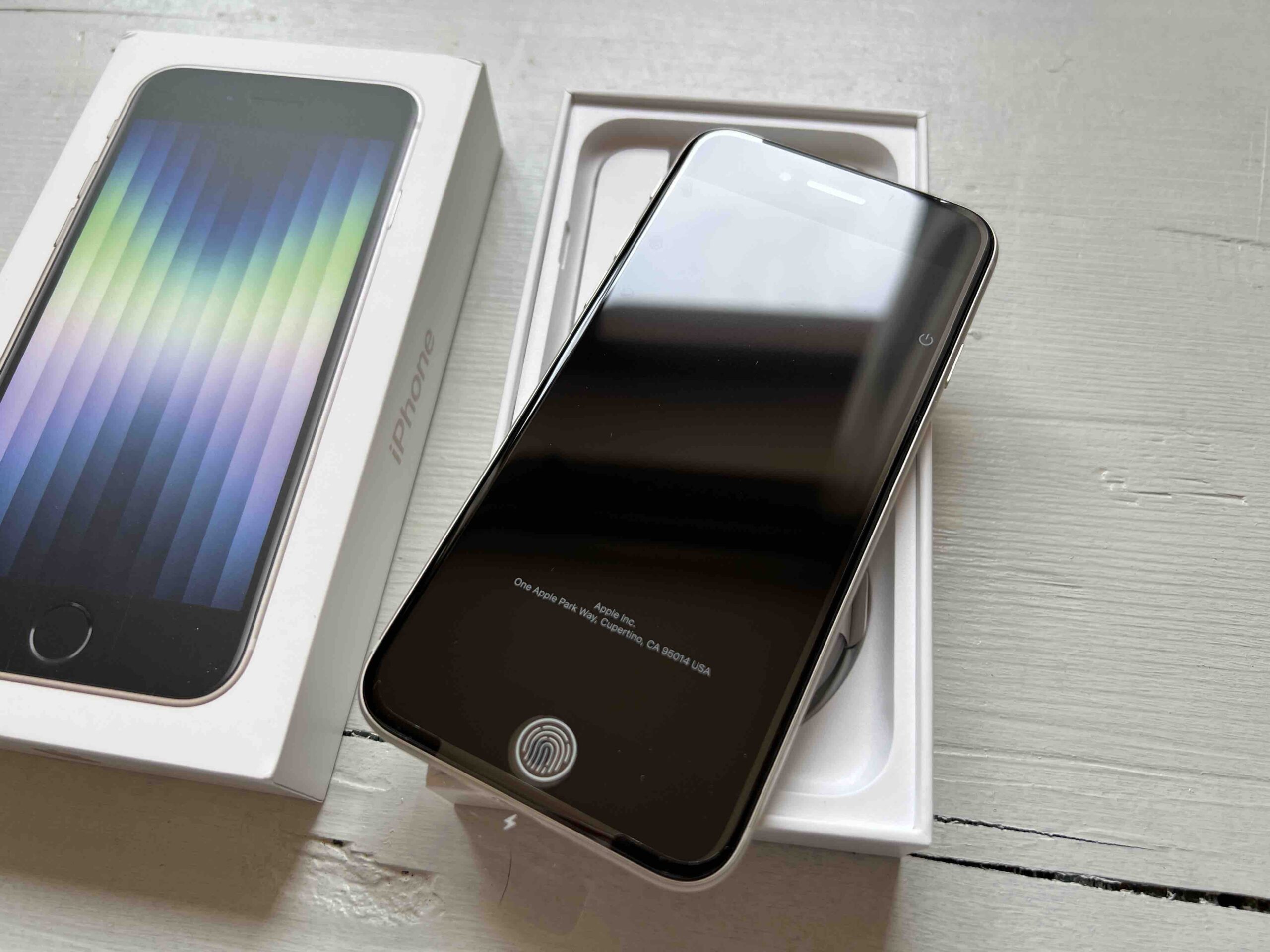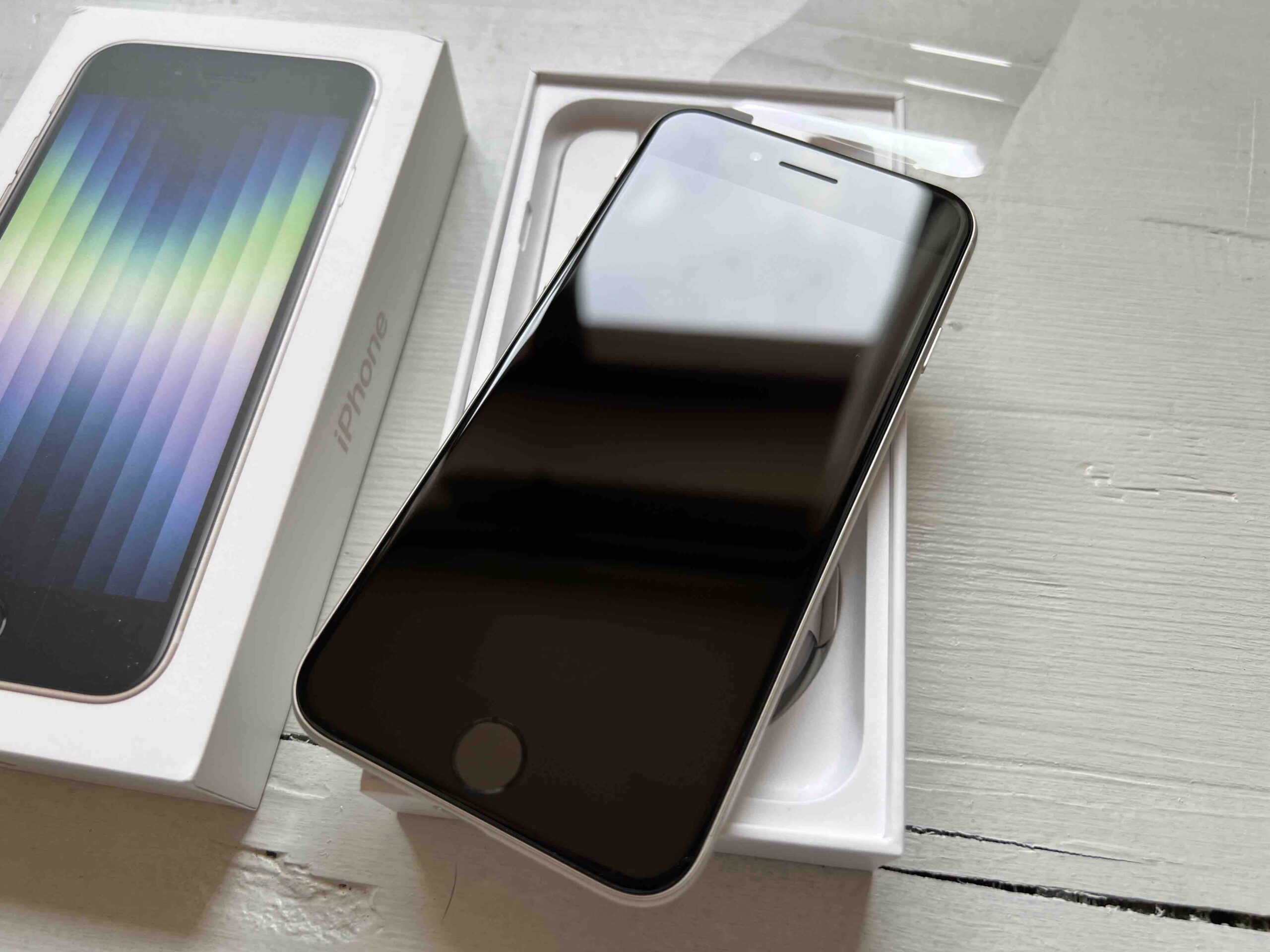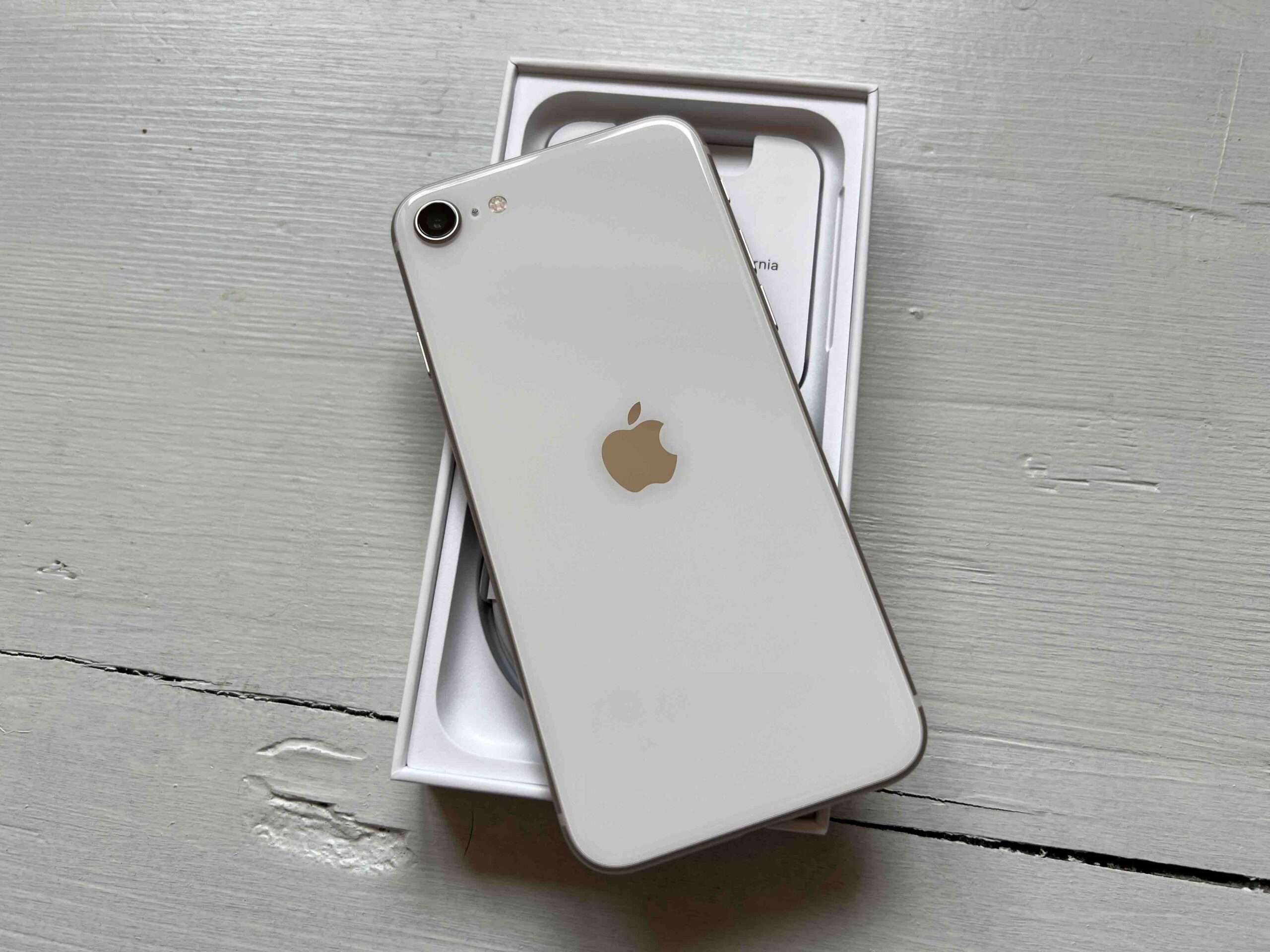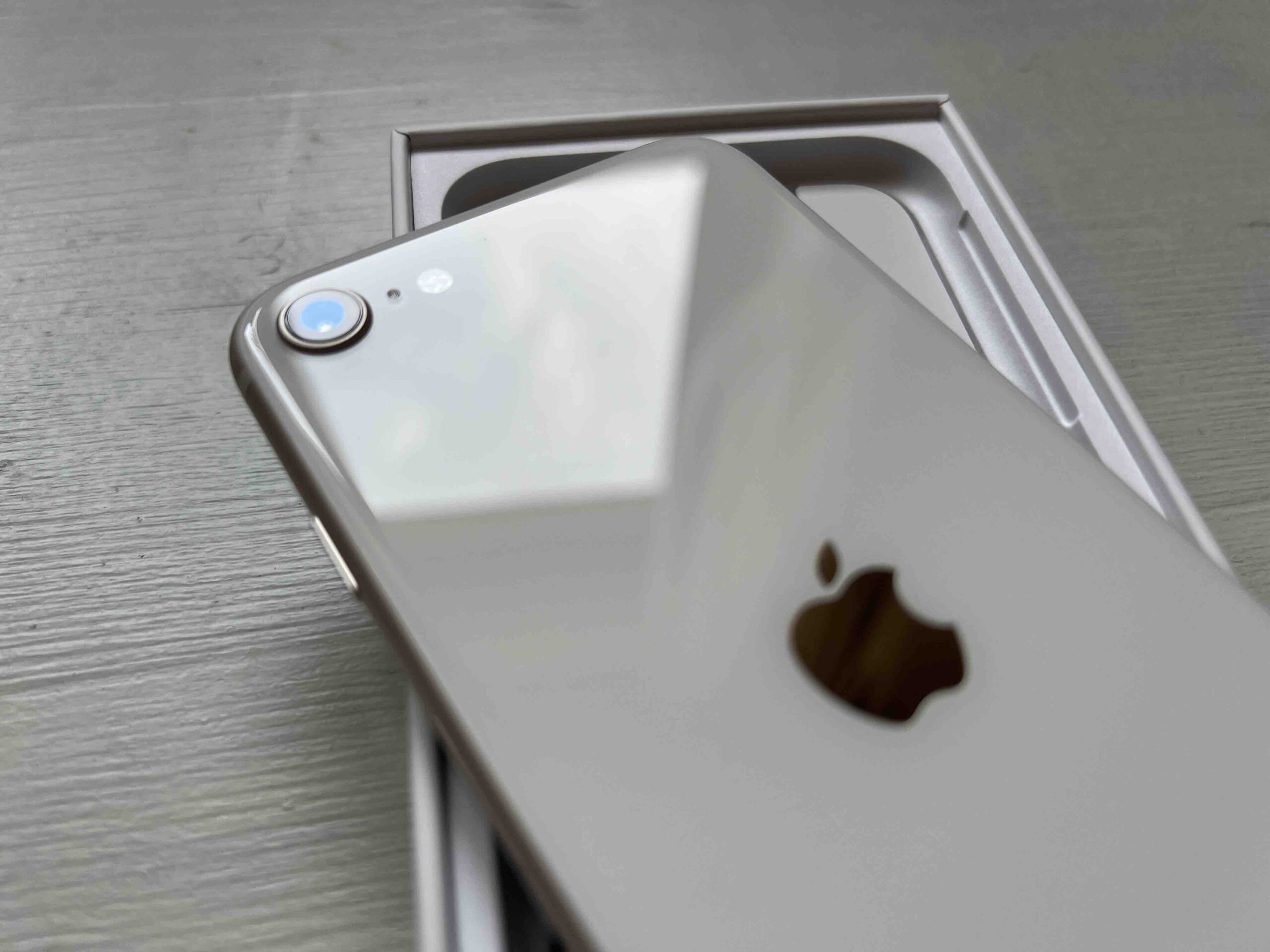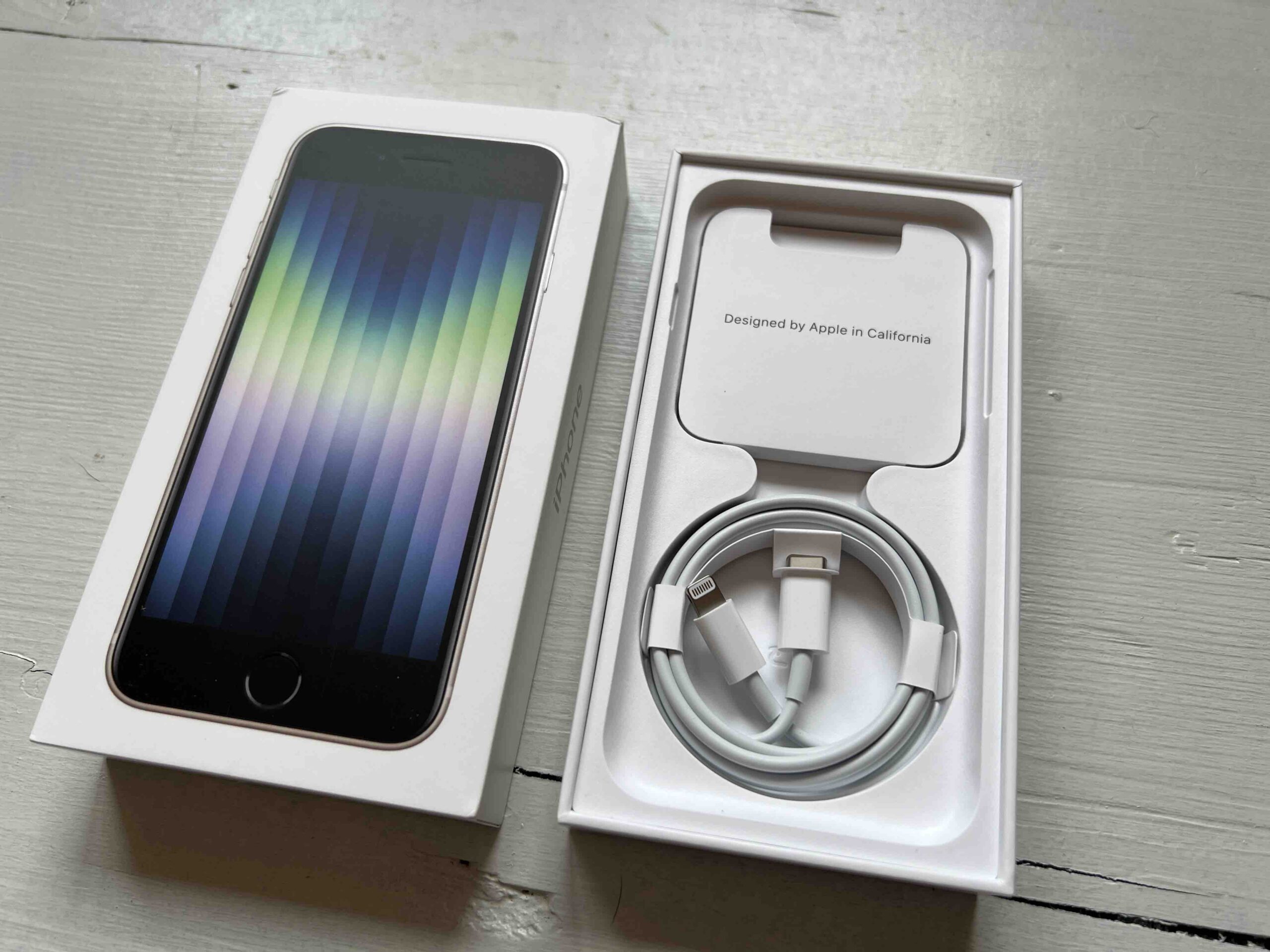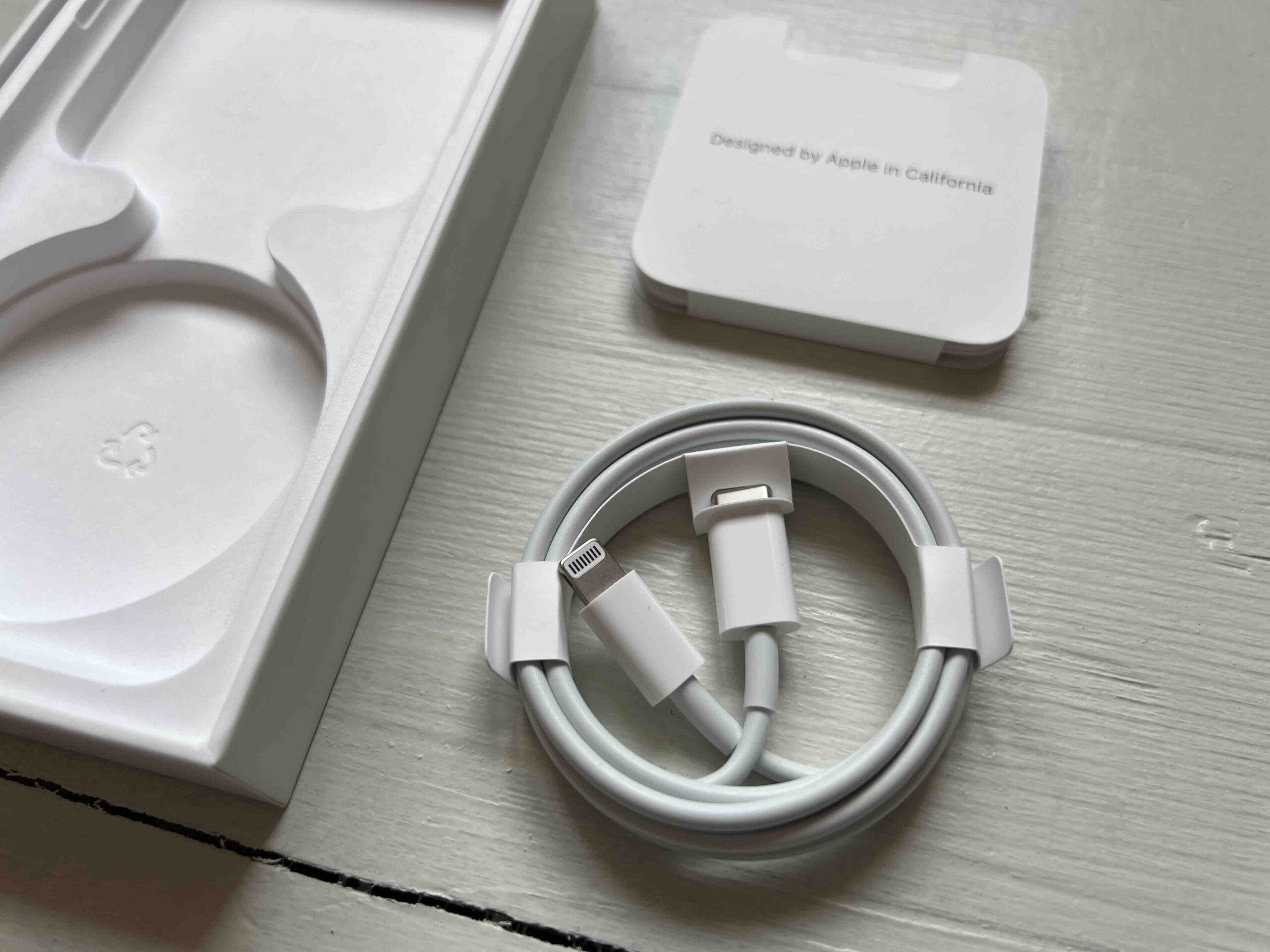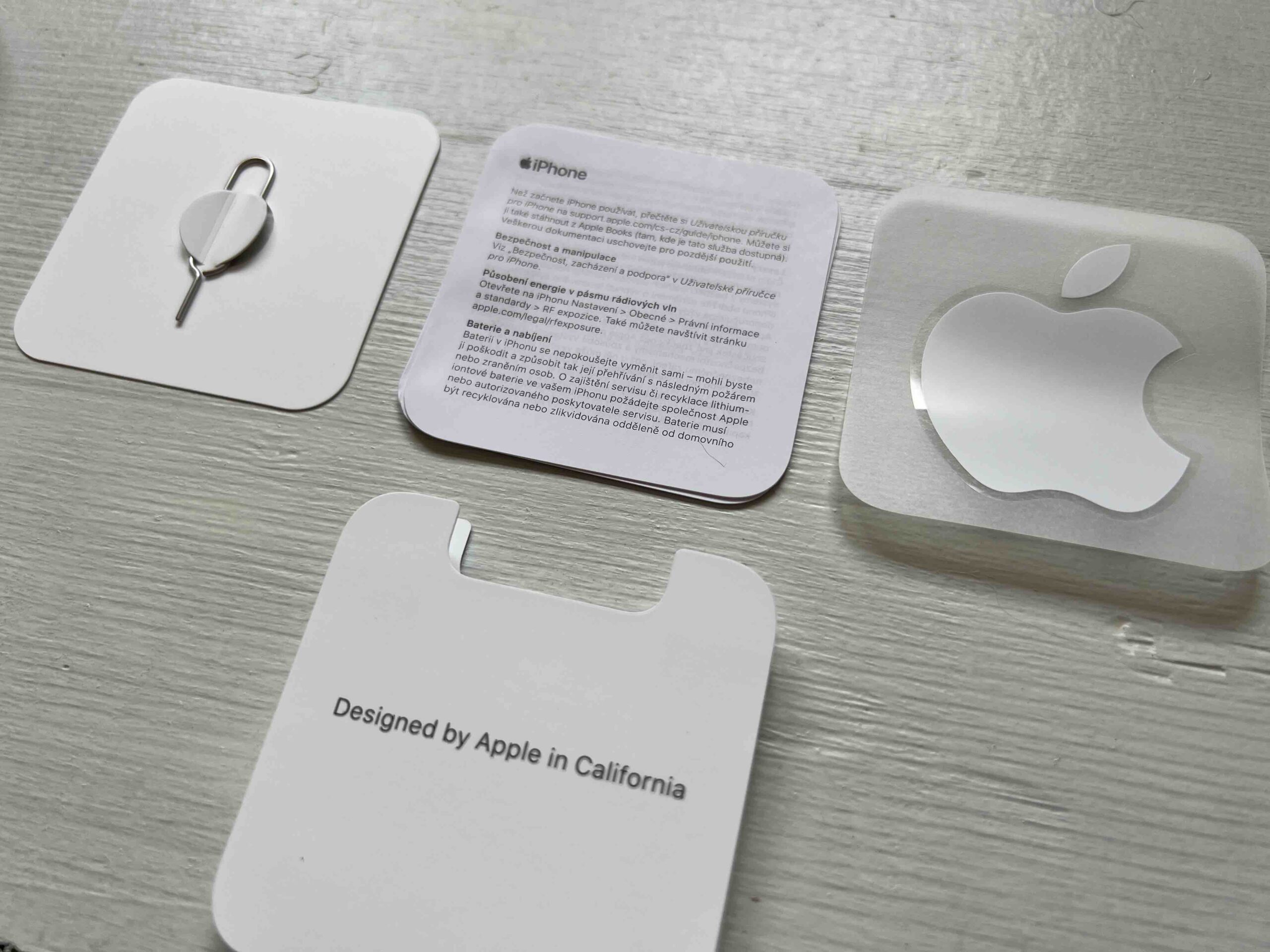Apple continues to wage a battle with Samsung for who will be number one in the number of smartphones sold worldwide. Even though the winner is clear (Apple) in terms of sales, Samsung leads in terms of the number of units sold in terms of individual quarters, even though Apple regularly owns the Christmas season. Even so, iPhones are the best-selling phones.
Counterpoint Research has compiled a list of the best-selling smartphones worldwide, where Apple's iPhones clearly dominate. If you look at the ranking of the Global Top 10 Smartphones, eight out of ten places belong to Apple. The other two smartphones are those of the South Korean manufacturer, with the fact that they are also low-end devices.
The clear leader last year was the iPhone 13, which has an incredible 5% share. Second place goes to the iPhone 13 Pro Max, followed by the iPhone 14 Pro Max, which is also really impressive when you consider that it only started to appear in the ranking in September of last year, i.e. after its introduction. He owns a 1,7% stake. The fourth place is the Samsung Galaxy A13 with a share of 1,6%, but it has the same share as the following iPhone 13 Pro. For example, the iPhone SE 2022, which was not expected to be a huge success, is in 9th place with a 1,1% share, 10th is another Samsung, the Galaxy A03.
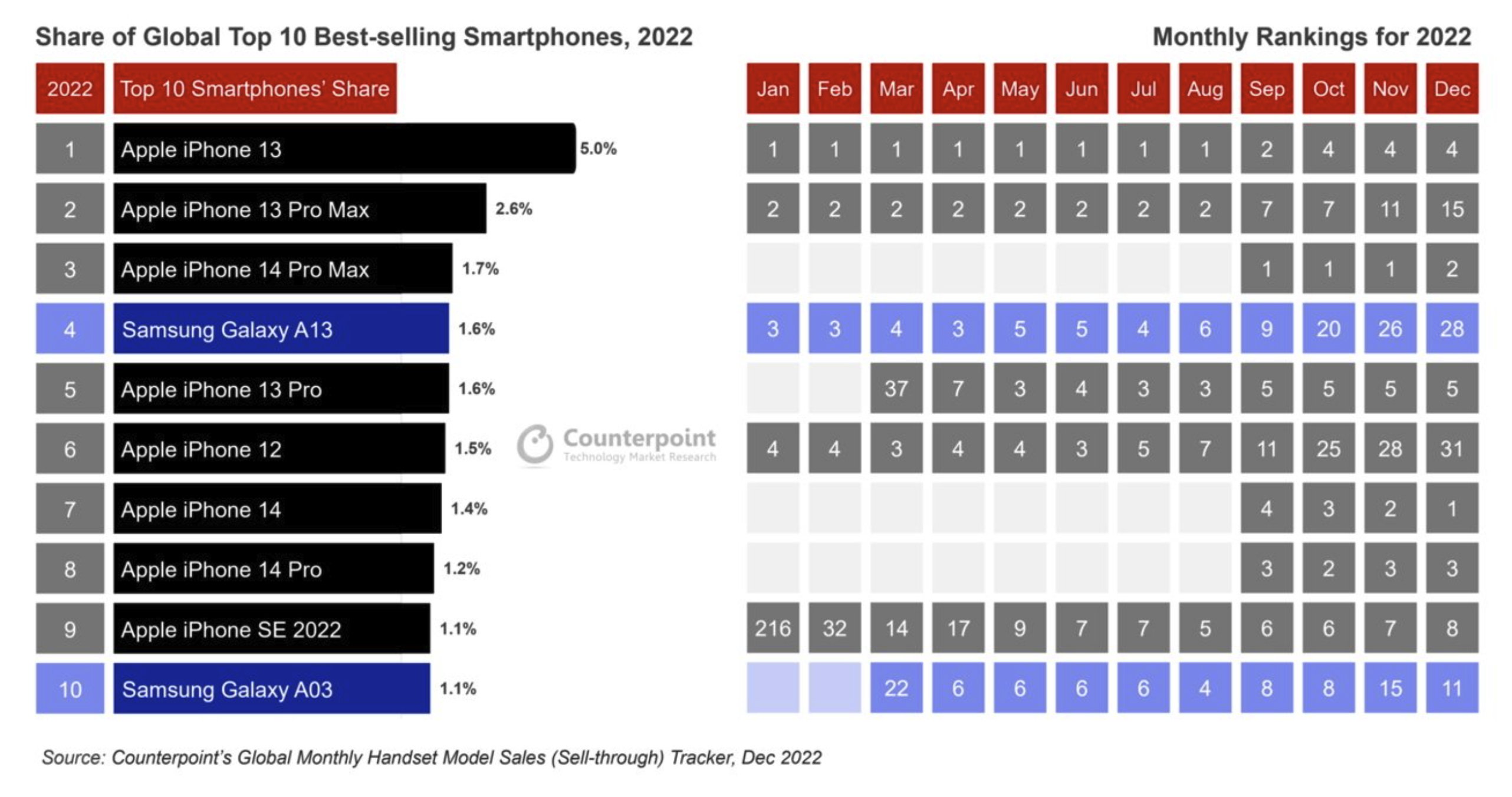
If we look at monthly sales, the iPhone 13 led from January to August, when the iPhone 14 Pro Max took over from it in September (due to its shortage at the end of the year, the iPhone 14 overtook it in December). The iPhone 13 Pro Max also held the second position steadily from the beginning of the year until September. But it is interesting that the iPhone 13 Pro was not at all in the ranking during January and February 2022, when it jumped to the 37th place in March and subsequently moved from the 7th to the 5th place.
It could be interest you
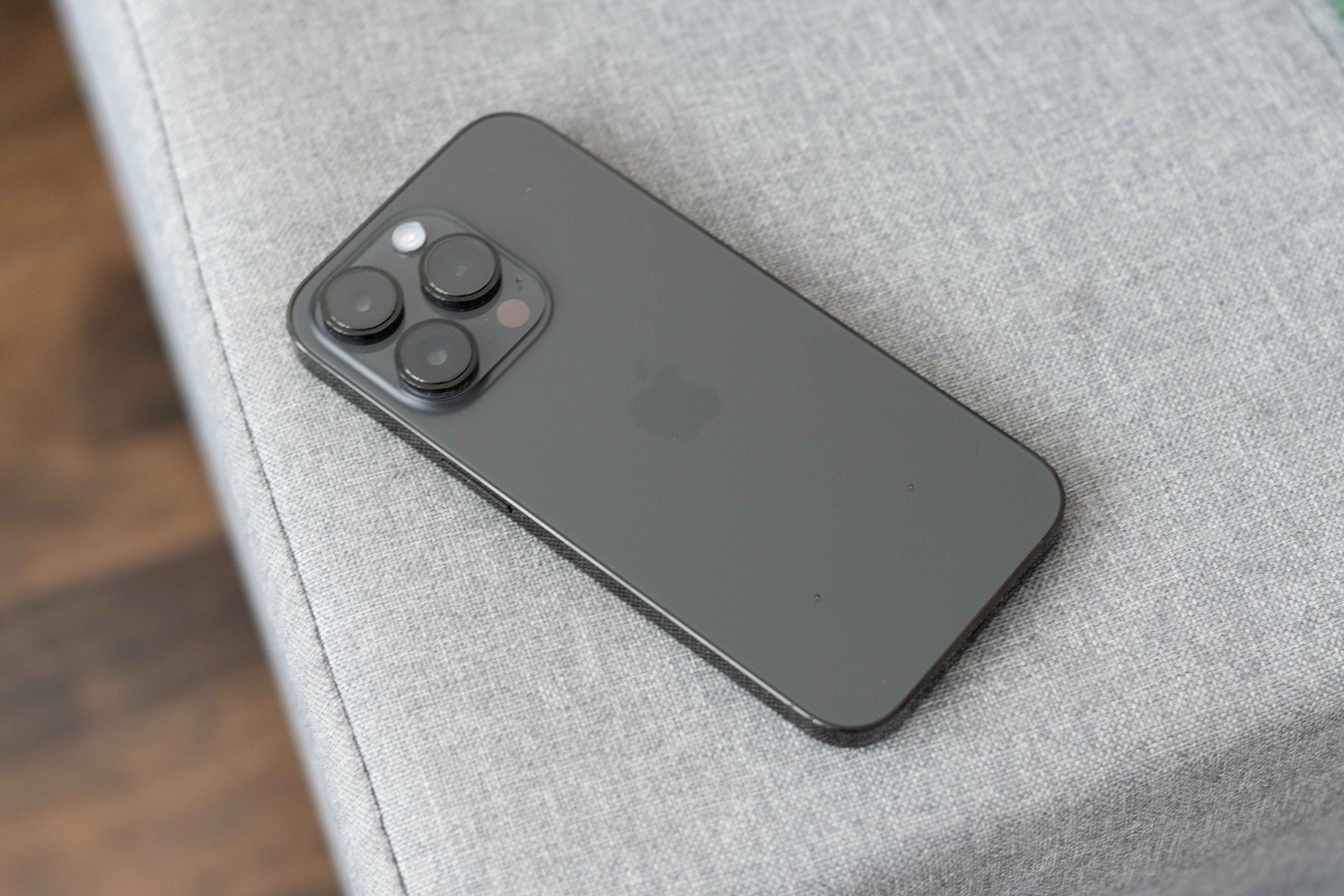
How to interpret data
However, the rankings and the algorithms that calculate the results cannot be 100% trusted. If you look at the iPhone SE 2022, it was in the 216th position in January, 32nd in February and 14th in March. The problem here is that Apple only introduced it in March 2022, so for January and February he is probably counting on the previous generation here. But it shows the confusion in the marking, because in both cases it is actually an iPhone SE and not all of them necessarily have to indicate the generation or year.
We don't want to contradict the success of Apple, which is truly spectacular in this, but you have to take into account how few phone models they sell. In a year, it will only release four or at most five, if we include the iPhone SE, models, whereas Samsung, for example, has a completely different number of them, and thus spreads the sales of its Galaxy phones more widely. However, it is a pity for him that his best-selling smartphones fall into the lowest segment, and therefore he has the smallest margin on them. The flagship Galaxy S series will only sell around 30 million, the folding Z series will only sell in the millions.
